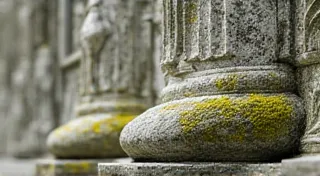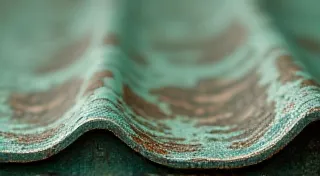The Language of Light: How Romanesque Architecture Used Shadow
We often celebrate architecture for its grandeur, its soaring heights, and the way sunlight floods through vast windows, illuminating intricate details. But what if I told you that a significant portion of its power, its very soul, resided in what was *not* lit? That the careful orchestration of shadow was just as vital as the play of light, an intentional strategy to evoke a deeply felt, almost primal response?
My earliest memory of Romanesque architecture isn't of golden light, but of a cool, cavernous darkness. I was a child, visiting the Abbaye de Sénanque in Provence. The lavender fields outside were a riot of purple and gold, but stepping inside felt like entering another world. The thick stone walls seemed to breathe with a quiet, ancient power. It wasn’t merely a lack of light; it was a carefully managed darkness that wrapped around me, a tangible weight that instilled a sense of reverence. Years later, studying the intricacies of the style, I realized that this wasn’t an accident. It was a fundamental design principle.
A Time of Faith and Fortress
To truly appreciate the Romanesque understanding of light and shadow, we need to understand the context. The period, roughly spanning from the 10th to the 12th centuries, followed the turmoil of the Dark Ages. Society was rebuilding, both physically and spiritually. Romanesque buildings—churches, monasteries, castles—were not just places of worship or residence; they were symbols of stability, refuge, and a return to order. They were built to last, constructed of massive stone blocks, often quarried locally, resulting in incredibly thick walls and relatively small window openings.
These aren’t the airy, delicate structures of the Gothic period that followed. Romanesque architecture was deliberately weighty, solid, and imposing. Consider the need for fortification: many Romanesque churches were built near frontiers or in areas frequently raided. The thick walls offered protection, and the deep shadows they cast reinforced that sense of security, a palpable feeling of being sheltered from the dangers of the outside world.
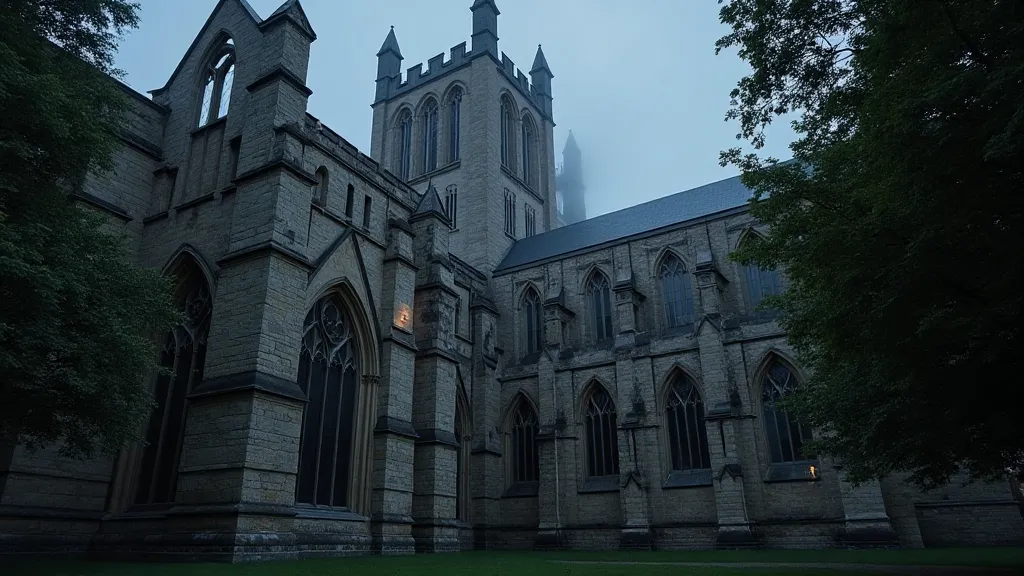
The Symbolic Weight of Darkness
But the use of shadow wasn't merely functional. It was deeply symbolic, rooted in theological beliefs of the time. Darkness represented the unknown, the unseen, the spiritual realm beyond human comprehension. Light, conversely, symbolized divine grace, knowledge, and the path to salvation. The Romanesque architects were masterfully manipulating these symbolic representations, creating an atmosphere designed to elicit a profound emotional and spiritual response. This intentional manipulation of light and shadow, and the materials themselves, speaks to a broader appreciation for the textures of age, an appreciation that echoes themes explored in the art of patina in architectural materials, where the passage of time transforms surfaces into something beautiful and evocative.
Think about the experience of entering a Romanesque church. The initial plunge into relative darkness could be disorienting, even unsettling. But as your eyes adjusted, subtle details would emerge: the faint glow of candlelight, the outlines of sculpted figures, the gradual revelation of the apse and altar at the far end. This carefully controlled unveiling created a sense of anticipation, of drawing closer to the divine. The shadows themselves felt like a veil, separating the mortal world from the sacred.
Craftsmanship in the Gloom
The skilled stonemasons of the Romanesque period were acutely aware of how light and shadow would interact with their work. They didn’t just lay stone; they sculpted it, carving capitals, corbels, and doorways with intricate details that were designed to be appreciated—or at least partially appreciated—in the dim light. The deep relief carvings, often depicting biblical scenes or symbolic figures, were meant to be experienced rather than meticulously observed. The play of light and shadow accentuated their forms, adding a sense of drama and mystery.
Consider the capitals of the Pilier des Tripodes at Cluny Abbey (though sadly very little of the original Cluny remains). The figures carved into the stone – animals, human forms, foliage – seemed to emerge and recede from the shadows, their meaning subtly shifting with the changing angle of the light. These weren’t static images; they were living, breathing forms brought to life by the interplay of darkness and illumination. The sense of enclosure and weight, the feeling of being sheltered, evokes a similar feeling to the profound sense of loss and quiet contemplation found in mausoleums, architectural poems dedicated to memory.
Beyond the Visual: The Sense of Awe
The deliberate use of shadow wasn's just about creating visually interesting compositions; it was about generating a specific emotional response. It fostered a sense of awe, of humility before the immensity of the divine. The limited light intensified the feeling of enclosure, of being within a sacred space set apart from the everyday world. It encouraged introspection and contemplation, a turning inward to seek spiritual understanding. The profound sense of isolation and the deliberate design to invoke a specific emotional response also mirror the themes found in considering the architecture for the common man during the Art Deco era.
Modern sensibilities often prioritize brightness and clarity. We want to see everything, to understand everything immediately. But the Romanesque architects understood that sometimes, the most profound experiences come from what is hidden, from what is left to the imagination. They understood that darkness could be just as powerful as light in creating a sense of beauty and spiritual significance.
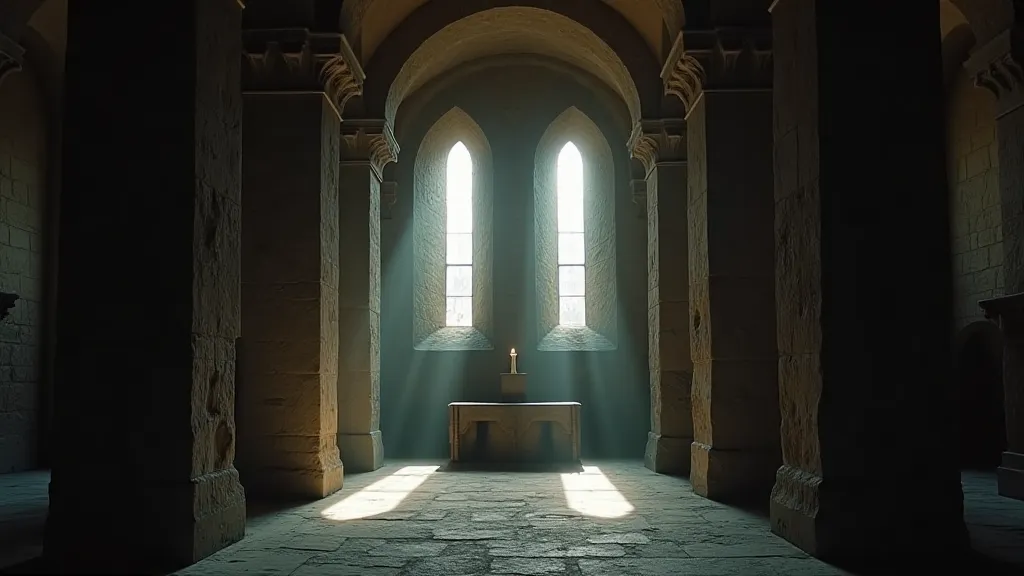
The Materiality of Shadow: Stone, Light, and Time
The way light interacted with stone was also intrinsically linked to the Romanesque understanding of time and materiality. Romanesque architecture, unlike later styles that emphasized verticality and delicate tracery, embraced the inherent qualities of the materials – the rough-hewn texture of the stone, the weight of the walls, the solidity of the construction. The shadows deepened these characteristics, highlighting the irregularities of the stone and emphasizing the building’s mass. This wasn’t seen as a flaw to be corrected, but as a source of character and a testament to the building’s enduring presence.
The choice of local stone played a critical role. Often, a warm, ochre-colored limestone or a weathered sandstone was used, which responded beautifully to the subtle shifts in light throughout the day. These stones seemed to absorb and diffuse the light, creating a soft, atmospheric glow that enveloped the interior. The use of different stone types and finishes further enhanced the play of light and shadow, adding layers of visual complexity.
Collecting and Restoration: Appreciating the Dim
For collectors interested in Romanesque architecture, understanding the role of shadow is crucial. When restoring these buildings, it’s vital to resist the temptation to flood them with artificial light. Preserving the original window sizes and placement is essential to maintaining the intended atmosphere. Similarly, when studying Romanesque carvings, observe them not just in bright sunlight but also in the kind of diffused light that would have been their primary source of illumination.
Restorers often face a dilemma: clean the stonework to reveal its original color and detail, or leave it as it is, bearing the patina of centuries of weathering and shadow? While cleaning can reveal beautiful details, it also risks stripping away the very atmosphere that makes Romanesque architecture so unique. A respectful restoration understands the power of the subdued, the importance of the dim. The very concept of allowing the patina to remain undisturbed, recognizing its contribution to the building’s character, is a crucial element in appreciating the delicate balance of light and shadow.
Visiting a well-preserved Romanesque building today isn't just about admiring its architectural features; it's about experiencing a carefully orchestrated environment, a spiritual landscape sculpted by light and shadow. It’s about connecting with the beliefs and aspirations of a time when darkness held as much meaning as light, and when architecture served not just as shelter, but as a gateway to the divine. The experience of being enveloped in this carefully designed atmosphere is truly evocative, transporting visitors back to a time when the interplay of light and shadow shaped not only the appearance of buildings but also the spiritual lives of those who inhabited them.
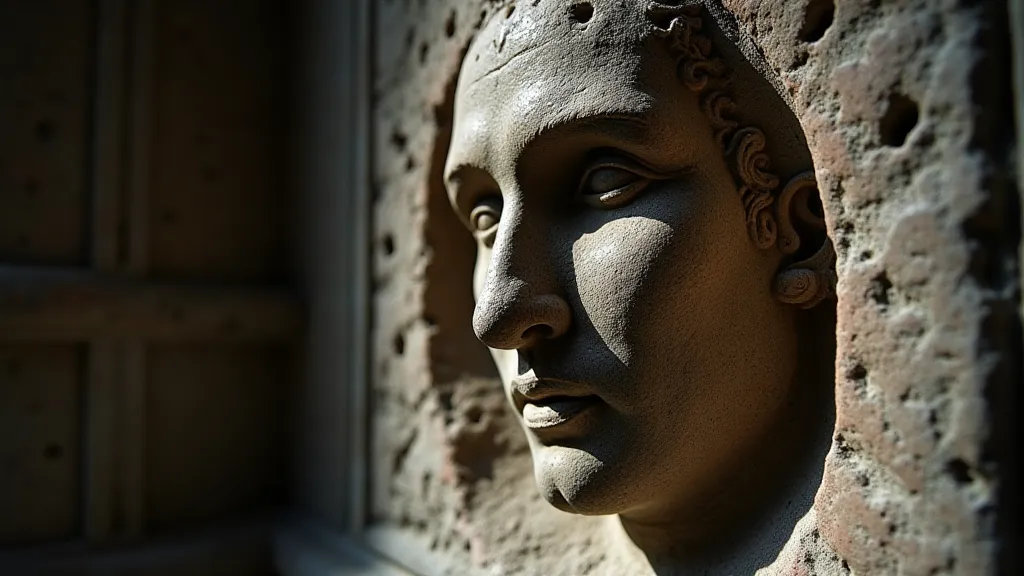
The Enduring Legacy of Romanesque Shadow
The Romanesque understanding of light and shadow wasn’t merely a stylistic quirk; it was a deeply ingrained philosophy that reflected the values and beliefs of the time. The careful manipulation of light and shadow, the embrace of materiality, and the creation of a sense of enclosure all contributed to a powerful and evocative architectural experience. While later architectural styles may have rejected this approach, the legacy of Romanesque shadow continues to resonate today, reminding us of the beauty and power of darkness and the enduring importance of creating spaces that inspire awe and contemplation. It’s a testament to the genius of the Romanesque architects and their ability to harness the very elements of light and shadow to create lasting works of art.
